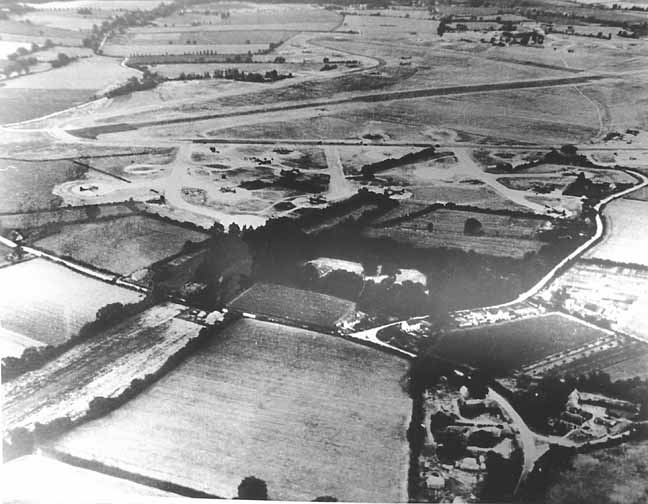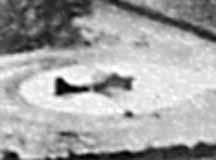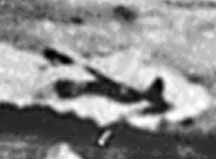The
United States Army Air Force 381st Bomb Group commanded by Colonel Joseph
J Nazzaro, was formed and trained at Pyote, Texas, being equipped with
Boeing B17E Flying Fortresses. With its training complete, on the 2nd
of February, 1943 the group moved to Pueblo, Colorado, where it 'fine
tuned' until the 3rd of August, 1943.
Early in May, the commander learned that the group was destined for action
in the European theatre of war and, on the 12th of May, an advanced party
flew, by means of a C54 aircraft, to Prestwick, Scotland.
The B17 aircraft and their crews then began their transfer to England,
departing Pueblo on the 4th of May to 'Smokey Hill' Army Base, Salinas,
Kansas. The first aircraft departed Salinas for England on the 15th of
May, 1943. Those aircraft with long-range 'Tokyo-Tanks' flew direct to
Prestwick. The remainder travelled via Bangor - Maine, to Goose Bay -
Labrador, to Bluie West 1 - Greenland, to Keflavik Field - Iceland, to
Prestwick - Scotland and finally to Bovingdon in Hertfordshire, England.
Arriving on the 25th of May, they spent the next ten days being indoctrinated
with the knowledge necessary to fight over Europe. This mainly concerned
additional defensive formation flying for the pilots and practice at the
advanced gunnery school ranges over the Wash for the gunners.
Meanwhile, between the 9th and the 26th of May the ground crews transferred
from Pueblo to Camp Killmer, New Jersey. After 14 days they embarked onto
the 'Queen Mary', arriving in Greenock, Scotland on the 1st of June, 1943.
They then travelled by rail to Great Yeldham in Essex, which was the nearest
station to their new airfield, Station 167, Ridgewell, Essex, 26 miles
S.E. of Cambridge, arriving on 3rd June, 1943. The Americans christened
the old L.N.E.R. (London and North Eastern Railway) single line railway
which connected Marks Tey, Halstead and Haverhill to Cambridge, 'The Toonerville
Trolley' because of its antiquated and 'quaint' engines and rolling stock.
Ridgewell was previously an R.A.F. station, part of number 3 group in
Bomber Command and, although many buildings were not completed, was first
used in January 1943 by number 90 squadron flying Short Stirlings: building
work was still going on when the 381st arrived.
When completed, the airfield had three intersecting runways; two of 2,000
yards and one of 1,400 yards, 50 aircraft dispersal bays, two 'T2' Hangers
and accommodation for 2,900 men in temporary buildings.
The 381st Bomb Group epitomised the tremendous courage and sacrifice made
by the men of the United States Army Air Force under the most difficult
operating conditions and against every single manned and unmanned ant-aircraft
device that Germany could range against them, including air-to-air bombs
and rocket projectiles. After 22 months of combat and the loss of 131
aircraft, the 381st licked its wounds and departed from Ridgewell and
the shores of Britain forever.
Ridgewell was but one of the many airfields operated by the USAAF during
the Second World War. Their heroic stories and sacrifice was reflected
throughout every airbase from which they operated.

This photograph shows the village of Ovington and the Eastern
end of the airfield in 1943 at the time of the handover from the R.A.F.
to the U.S.A.A.F. Both Boeing B17s and Short Stirlings can be seen on
the hard standings. The end of runway 28 (the main runway) is at the left
towards the top of the picture and to the right of the picture, above
and to the left of intersection with the secondary runway, can be seen
the control tower. The details below show a B17 from the hard stand at
the far left of the main picture and a Sterling from the stand at the
right, next to the road.
 
       
       
   
|



